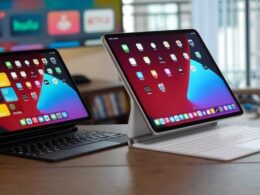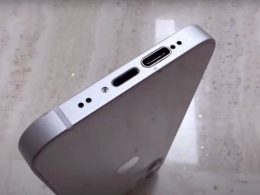Sixteen NVIDIA Jetson Nano modules, power supplies, heat-dissipating fans, and one network switch were assembled into a miniature supercomputer by two Southern Methodist University students in Dallas, Texas, and housed inside a transparent acrylic case.
Using sixteen NVIDIA Jetson Nano modules, two students at Southern Methodist University in Dallas construct a desktop supercomputer.
The desktop Jetson Nano supercomputer was created by the university with outside funding. The two students built a tiny supercomputer, about the size of a typical desktop PC tower, to teach students about the inner workings of a computer cluster.
It took four months of study, work, and networking instruction for the students to design and build the Jetson cluster. Students were given the sixteen Jetson Nano modules for manual comprehension, which were initially housed in cardboard boxes. Using this method, the students could design the rest of the cluster supercomputer while using the cardboard boxes to dissipate heat. Students gained knowledge of proper laser cutting procedures and wire stripping techniques.
The NVIDIA Jetson Nano, which costs $99 at retail, features a 64-bit Arm A57 processor and a 128-core NVIDIA Maxwell graphics card. The FP16 compute performance of the Jetson Nano is expected to be around 472 GFLOPs, which is now the industry standard for beginner AI workloads.
10W of power are used by each cluster. The small cluster computer has M.2 sockets, 4GB of LPDDR4 memory, and 16 GB of eMMC storage. It also has USB, HDMI, and Ethernet ports. The computer is running Ubuntu, a free operating system that was created especially for use with NVIDIA hardware. The HEVC codec is supported for video encoding and decoding up to 4K video at 60 frames per second. The NVIDIA Jetson Nano also makes use of the Jetpack application from the company to help students learn about machine learning on a tiny scale.











